Erythrocyte Sedimentation Rate (ESR)
An erythrocyte sedimentation rate (ESR) is a type of blood test that measures how quickly erythrocytes (red blood cells) settle at the bottom of a test tube that contains a blood sample. Normally, red blood cells settle relatively slowly. A faster-than-normal rate may indicate inflammation in the body. Inflammation is part of your immune response system. It can be a reaction to an infection or injury. Inflammation may also be a sign of a chronic disease, an immune disorder, or other medical condition.

Other names: ESR, SED rate sedimentation rate; Westergren sedimentation rate
What is it used for?
An ESR test can help determine if you have a condition that causes inflammation. These include arthritis, vasculitis, or inflammatory bowel disease. An ESR may also be used to monitor an existing condition.
Why do I need an ESR?
Your health care provider may order an ESR if you have symptoms of an inflammatory disorder. These include:
What happens during an ESR?
A health care professional will take a blood sample from a vein in your arm, using a small needle. After the needle is inserted, a small amount of blood will be collected into a test tube or vial. You may feel a little sting when the needle goes in or out. This usually takes less than five minutes.
Will I need to do anything to prepare for an ESR?
You don’t need any special preparations for this test.
Are there any risks to the test?
There is very little risk to having an ESR. You may have slight pain or bruising at the spot where the needle was put in, but most symptoms go away quickly.
What do the results mean?
If your ESR is high, it may be related to an inflammatory condition, such as:
- Infection
- Rheumatoid arthritis
- Rheumatic fever
- Vascular disease
- Inflammatory bowel disease
- Heart disease
- Kidney disease
- Certain cancers
Sometimes the ESR can be slower than normal. A slow ESR may indicate a blood disorder, such as:
- Polycythemia
- Sickle cell anemia
- Leukocytosis, an abnormal increase in white blood cells
If your results are not in the normal range, it doesn’t necessarily mean you have a medical condition that requires treatment. A moderate ESR may indicate pregnancy, menstruation, or anemia, rather than an inflammatory disease. Certain medicines and supplements can also affect your results. These include oral contraceptives, aspirin, cortisone, and vitamin A. Be sure to tell your health care provider about any drugs or supplements you are taking.
Is there anything else I need to know about an ESR?
An ESR does not specifically diagnose any diseases, but it can provide information about whether or not there is inflammation in your body. If your ESR results are abnormal, your health care provider will need more information and will likely order more lab tests before making a diagnosis.

| Method | |
| When anticoagulated whole blood is allowed to stand in a narrow vertical tube for a period of time, the RBCs – under the influence of gravity – settle out from the plasma. The rate at which they settle is measured as the number of millimeters of clear plasma present at the top of the column after one hour (mm/hr). | |
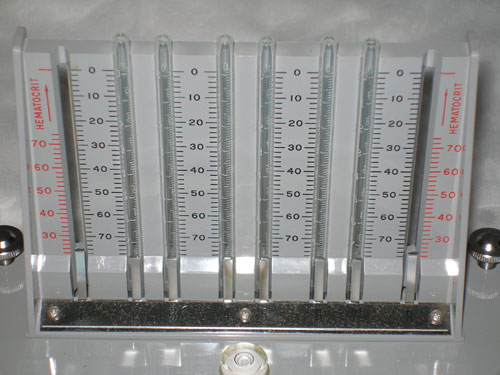 The Wintrobe sedimentation rack There are two main methods used to measure the ESR: the Westergren method and the Wintrobe Method. Each method produces slightly different results. Most laboratories use the Westergren method. | |
| Westergren method: The Westergren method requires collecting 2 ml of venous blood into a tube containing 0 .5 ml of sodium citrate. It should be stored no longer than 2 hours at room temperature or 6 hours at 4 °C. The blood is drawn into a Westergren-Katz tube to the 200 mm mark. The tube is placed in a rack in a strictly vertical position for 1 hour at room temperature, at which time the distance from the lowest point of the surface meniscus to the upper limit of the red cell sediment is measured. The distance of fall of erythrocytes, expressed as millimeters in 1 hour, is the ESR. | |
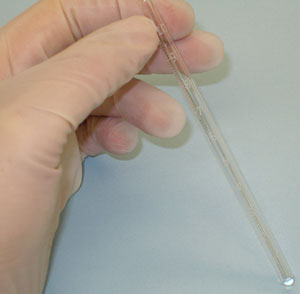 | |
| Wintrobe method: The Wintrobe method is performed similarly except that the Wintrobe tube is smaller in diameter than the Westergren tube and only 100 mm long. EDTA anticoagulated blood without extra diluent is drawn into the tube, and the rate of fall of red blood cells is measured in millimeters after 1 hour. The shorter column makes this method less sensitive than the Westergren method because the maximal possible abnormal value is lower. However, this method is more practical for demonstration purposes. | |
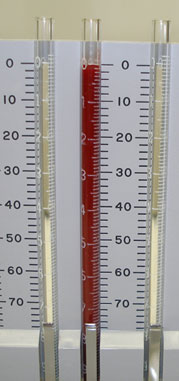 This picture shows a rack holding Wintrobe tubes, in which anticoagulated whole blood has just been added. (Time: 0) | |
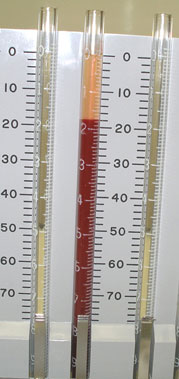 Red blood cells have settled, leaving plasma at the top of the tube. Reading: 18 mm/hour (Time: one hour) | |
| Average values in healthy men are: <15mm/hr; in healthy females, they are somewhat higher: <20mm. The values are slightly higher in old age, in both genders. | |
| Theoretical considerationsThe RBCs sediment because their density is greater than that of plasma; this is particularly so, when there is an alteration in the distribution of charges on the surface of the RBC (which normally keeps them separate form each other) resulting in their coming together to form large aggregates known as rouleaux. | |
| Rouleaux formation is determined largely by increased levels of plasma fibrinogen and globulins, and so the ESR reflects mainly changes in the plasma proteins that accompany acute and chronic infections, some tumors and degenerative diseases. In such situations, the ESR values are much greater than 20mm/hr. Note that the ESR denotes merely the presence of tissue damage or disease, but not its severity; it may be used to follow the progress of the diseased state, or monitor the effectiveness of treatment. | |
| Some interferences which increase ESR: | |
| increased level of fibrinogen, gamma globulins.technical factors: tilted ESR tube, high room temperature. | |
| Some interferences which decrease ESR: | |
| abnormally shaped RBC (sickle cells, spherocytosis).technical factors: short ESR tubes, low room temperature, delay in test performance (>2 hours), clotted blood sample, excess anticoagulant, bubbles in tube. |

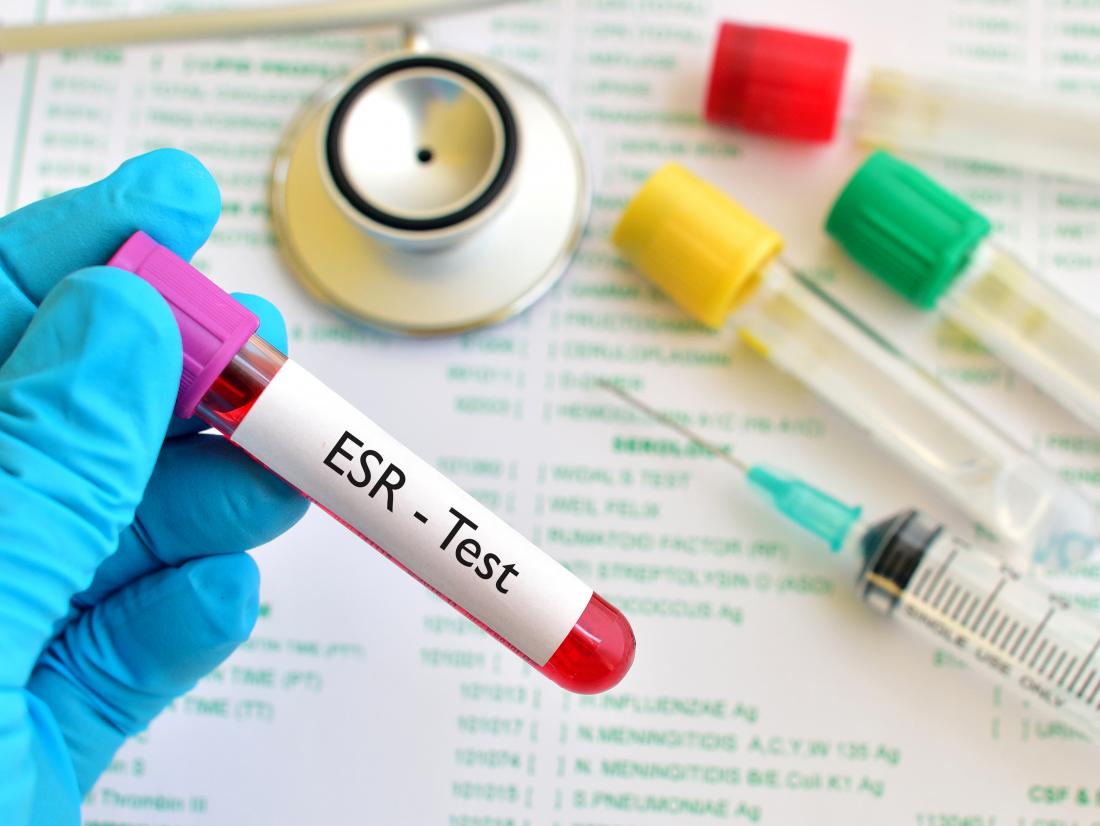
Someone essentially help to make seriously posts I would state. This is the first time I frequented your website page and thus far? I surprised with the research you made to make this particular publish amazing. Magnificent job!
[…] on their electrical charge. It can identify the presence of abnormal hemoglobin associated with sickle cell disease or sickle cell […]